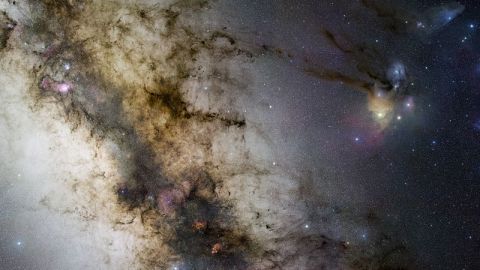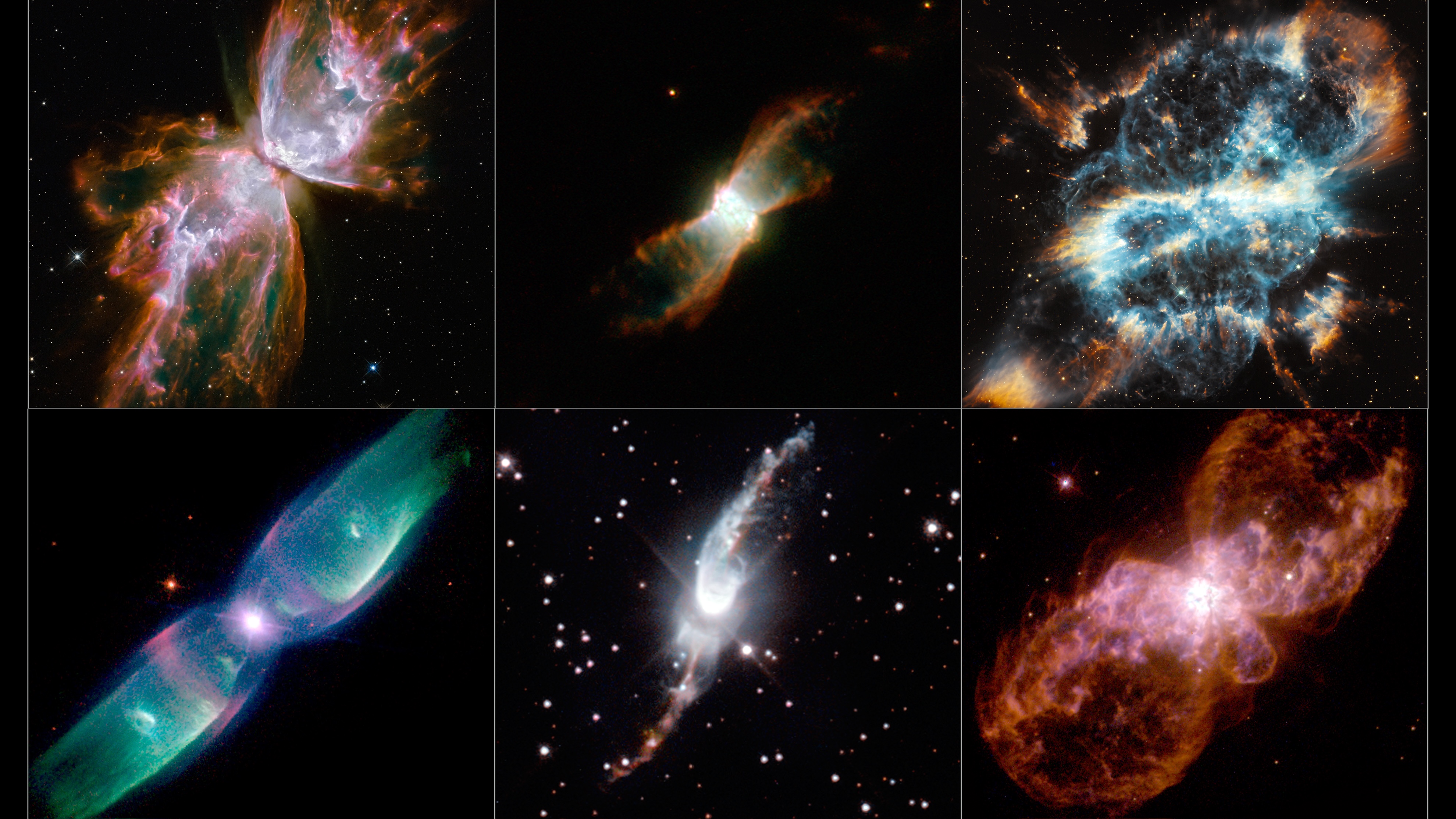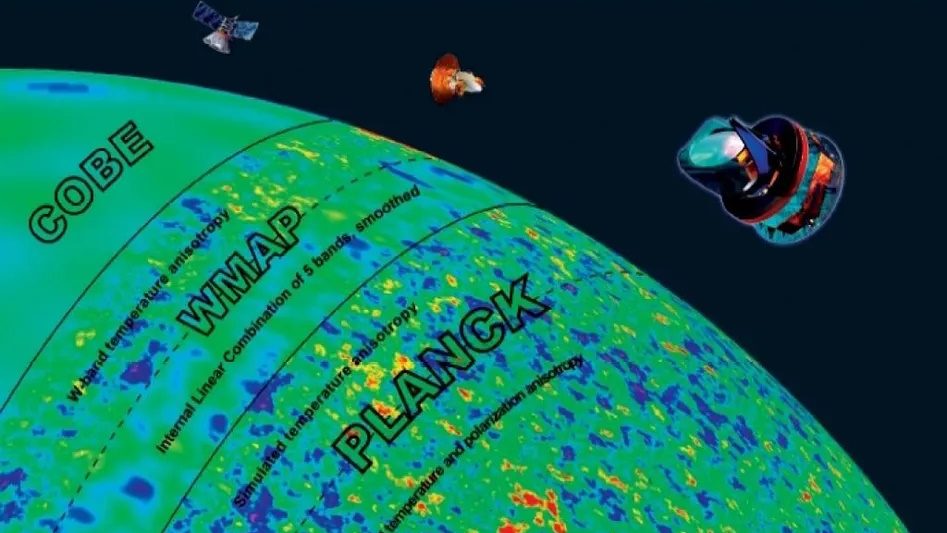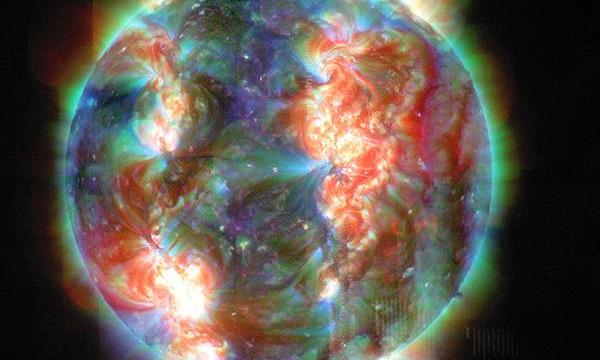Where Does the Milky Way Get Energy?

What’s the Latest Development?
Researchers at Notre Dame think they have found the energy source that keeps our Milky Way Galaxy burning bright, creating one Sun-sized star every year. Without “fast-moving clouds of hydrogen raining down on the galaxy’s disc”, our home in the cosmos would have fizzled out long ago, they say. The clouds were difficult to find. While atomic hydrogen can emit light, the clouds that bombard our galaxy are ionized, which means they absorb light, making them far more trying to find.
What’s the Big Idea?
While the hydrogen clouds were already known to exist, a new measuring technique gave scientists data on the clouds’ location and size for the first time. “The researchers calculated the mass of the gas clouds to be equivalent to 110 million suns, providing plenty of fuel for new stars in the disc.” But the origin of the clouds is still a mystery. Are they relics of the big bang, wandering the barren universe before crashing into our teeming Milky Way, or are they the residue of exploded stars from within our galaxy simply falling back to their home?





